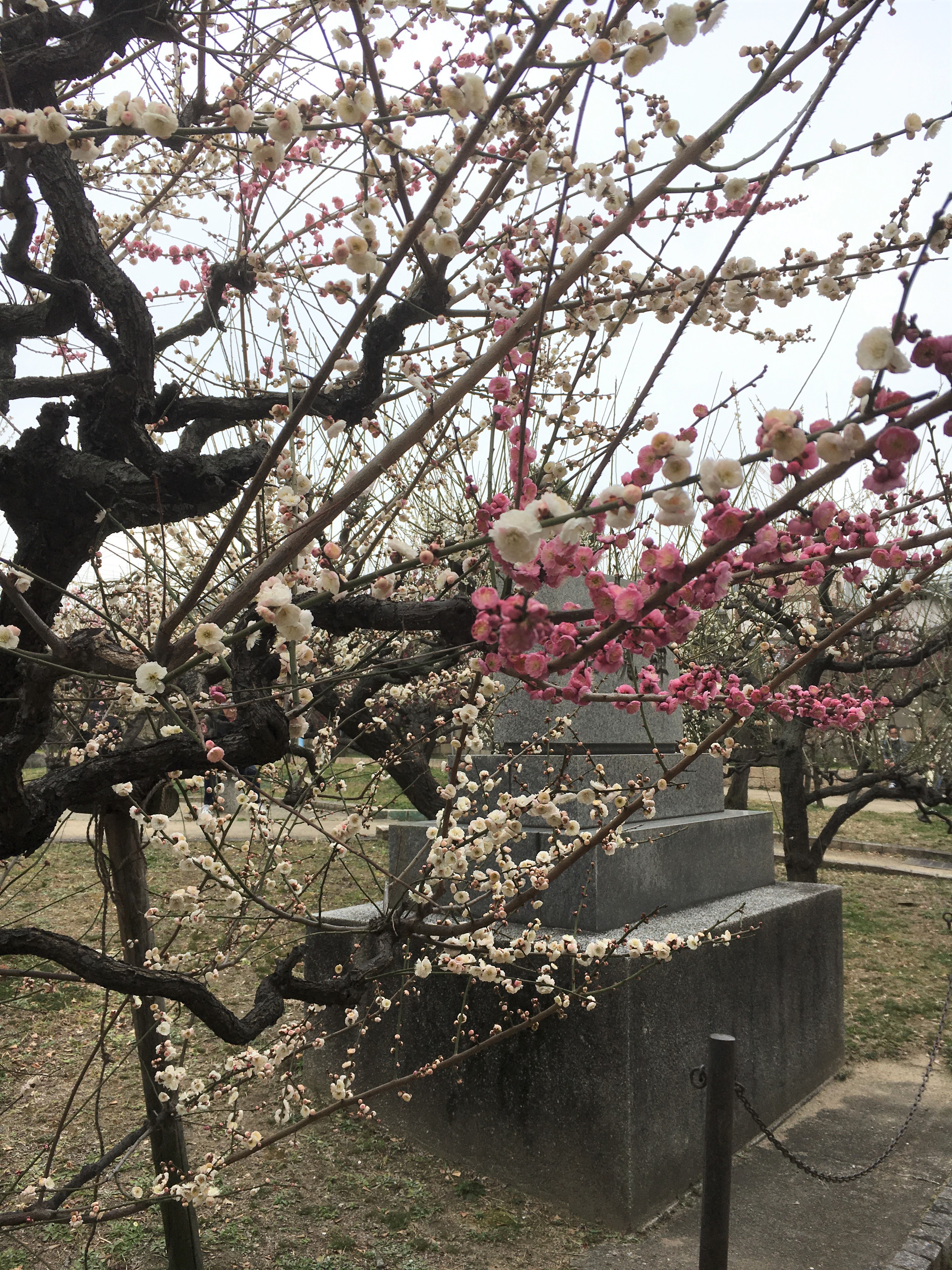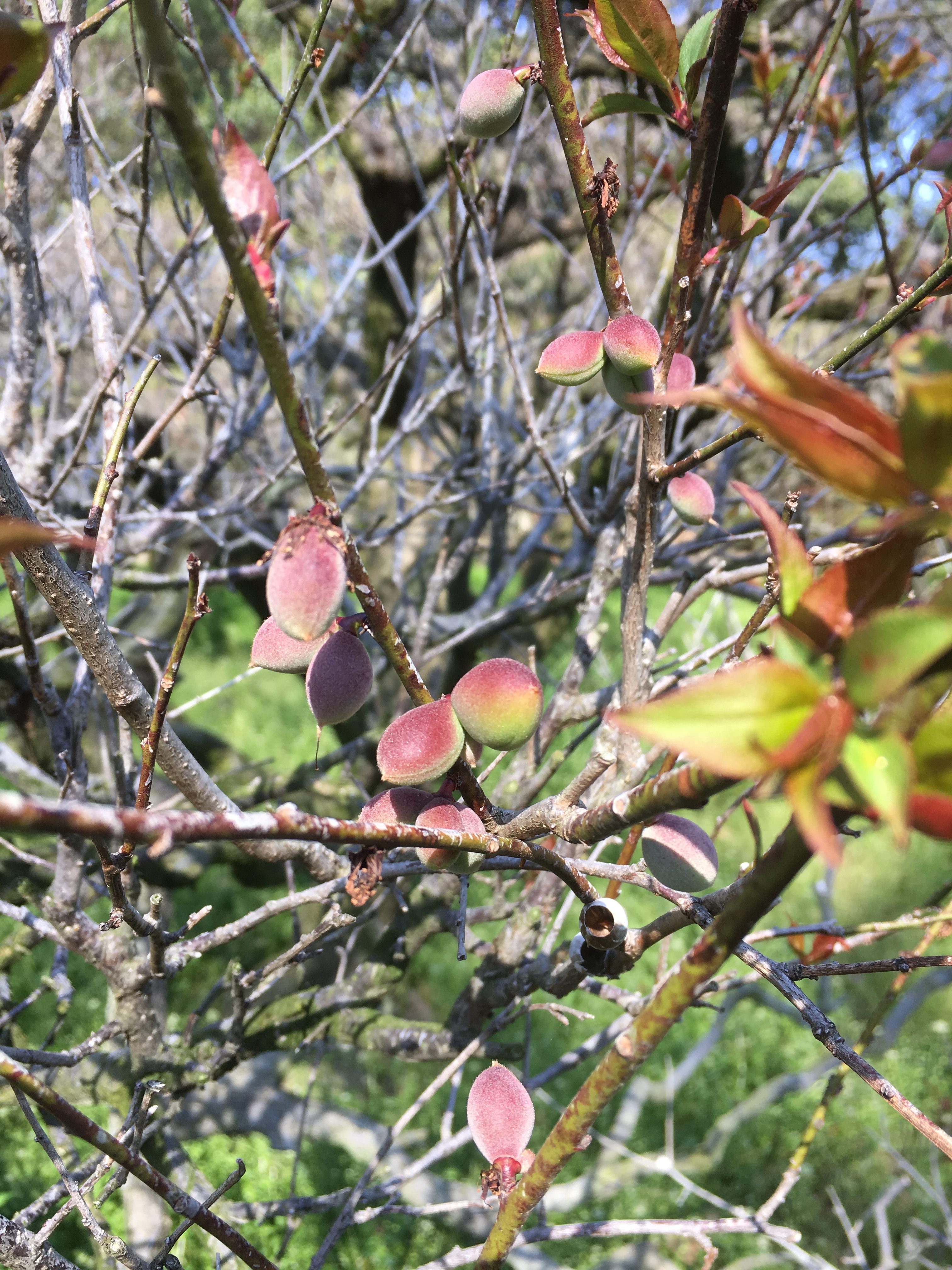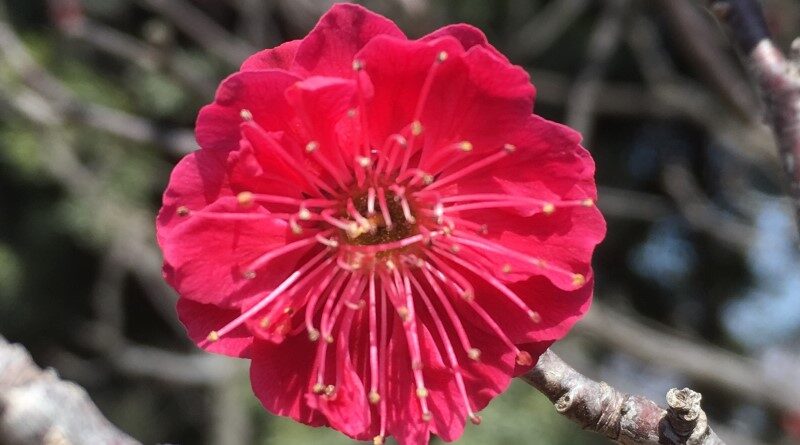Japanese Spring Flowers: Ume—More Than Sakura
A few years ago, I met up with a friend in America who had just come back from a trip to Japan. She eagerly whipped out her phone and started showing me all the pictures she had taken. Not only was this her first trip to Japan she had managed to make the trip in during her spring break when she was sure the sakura were going to be in bloom. As we were flipping through all the places she had been, each time there was a pale pink blossom, she called it a sakura. After a while I took the phone from her and zoomed in on a picture of one of her “sakura.”
You know,” I said. “This isn’t a sakura—I’m pretty sure this is a plum tree.”
“Really? It is? What about this one?” She swiped a few pictures ahead and showed me a different tree.
“Hn. This one is a sakura,” I confirmed.
She took her phone back, asking, “How can you tell?”
Sakura are certainly an iconic symbol of spring time in Japan. However, just seeing a cluster of pink and white flowers doesn’t necessarily mean those flowers are sakura. I have noticed that there are three very different kinds of flowers that often get mistaken as sakura by first time visitors to Japan, and even native Japanese: plum, flowering quince, and peach blossoms. (For the rest of this article I will be referring to all of these flowers by their Japanese names: ume, boke, and momo.)
Each of these flowers can, from afar, look like sakura. In fact, the reason these flowers look so much alike is because they are all members of the rose family (Rosaeae). But with a few facts under your belt and a careful eye, the different characteristics of these flowers become more apparent.
Let’s start with the flower that I know is most frequently mistaken for sakura: the ume.
Plum Blossoms, i.e. Ume [梅]
As mentioned in our article about Kozen Koen, ume trees are usually the first flowers to bloom in Japan. The tricky part, however, is that right about the time the ume start to die off is when the sakura trees start to bloom. Also, to complicate the matter further, there are indeed several kinds of early blooming sakura like the kansakura that blooms right around the same time as the ume trees.
So how can we go about telling these two apart?
Fragrance
Most kinds of sakura simply do not have much a fragrance, if any. A grove of ume at peak bloom, on the other hand, can be smelled from a distance.
Petals

The petals of the ume flower have a distinctly rounder shape than the more oval petals of a sakura flower.

Coloring
This distinction can be a little tricky at times, since ume and sakura both bloom in colors ranging from white to shades of pink. However, certain ume (my favorites, actually) can obtain a very deep crimson color that sakura simply cannot. Sakura flowers on the whole have a very light pink, even white appearance.

Also unlike sakura, ume are able to have two completely different colored flowers on the same branch.

Branches
A very clear distinction between ume and sakura branches, is that the ume flowers tend to bloom individually all along the tree’s branches. This can make trees look more sparse than sakura.

The flowers typically come out from noticeably green branches that grow in often straight out.

Sakura on the other hand typically bloom in rounded clusters at the ends of their branches, giving them their fluffy appearance.

A few weeks after an ume tree has finished its bloom, the tree will then start growing small plums. Obviously, sakura will not grow plums.

Blooming Season
Ume trees typically start blooming as early as late January and usually finish blooming near the end of March. This contrasts the highly romanticized brevity of sakura flowers, which only last for about a week.



Leave a Reply